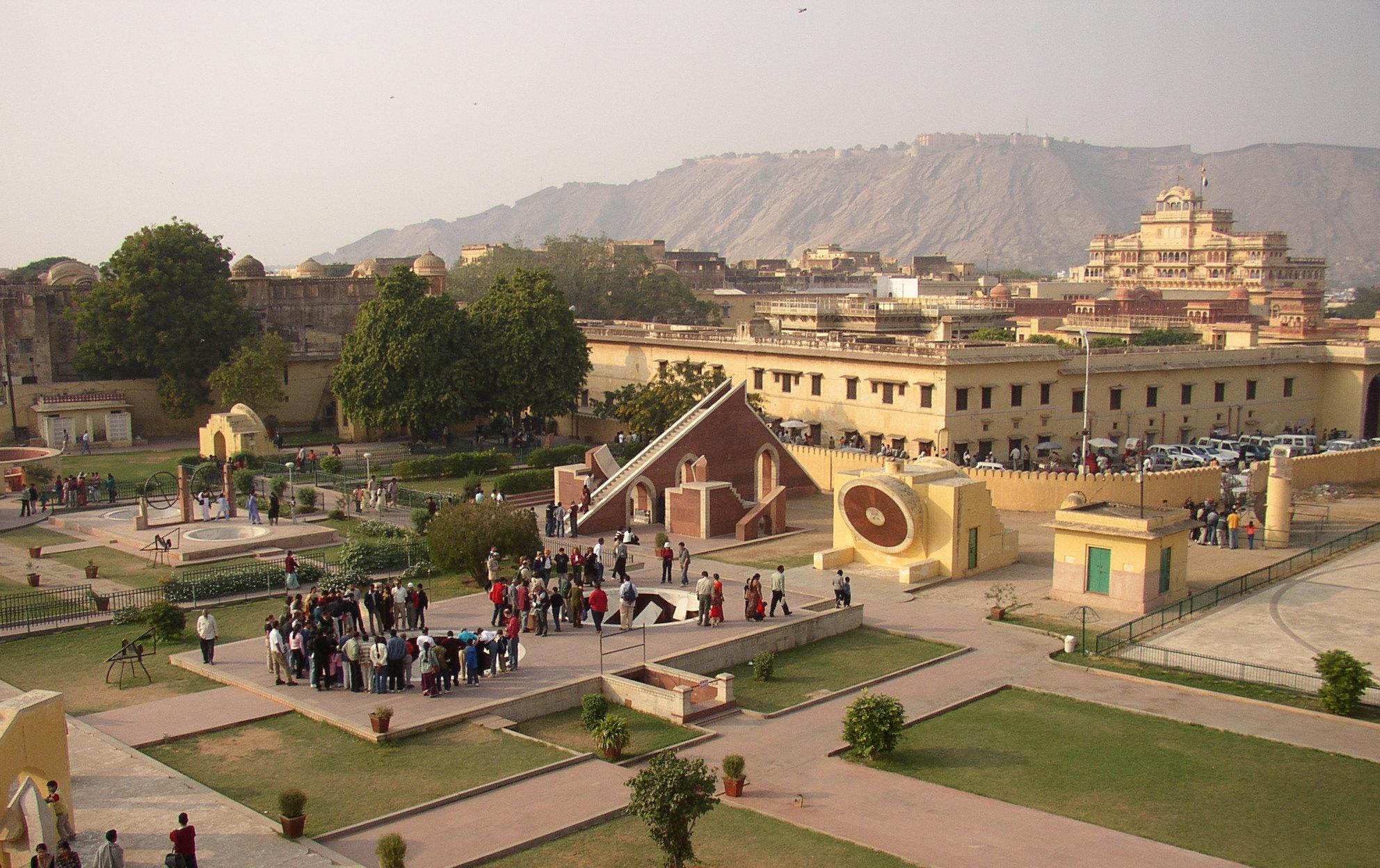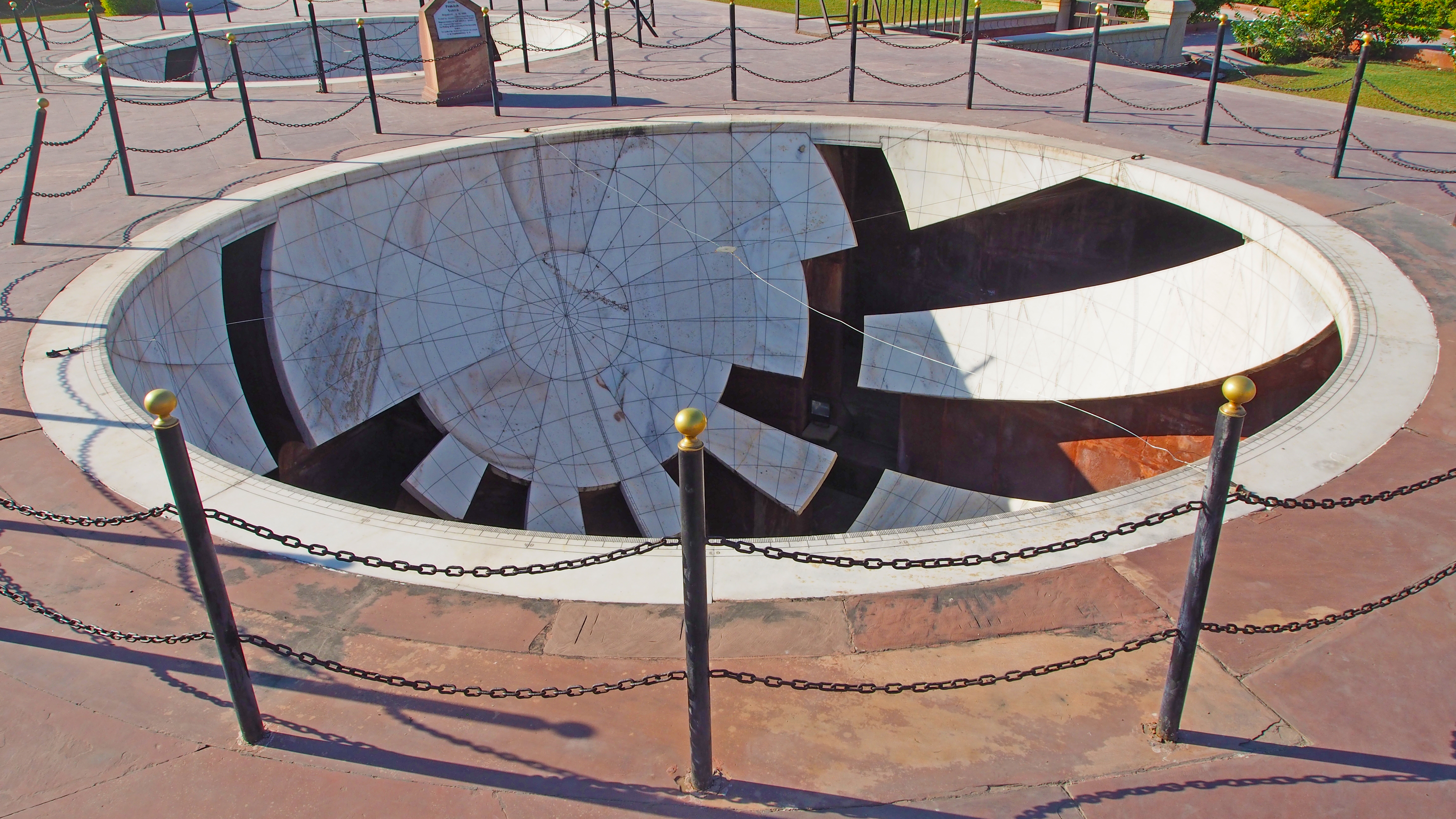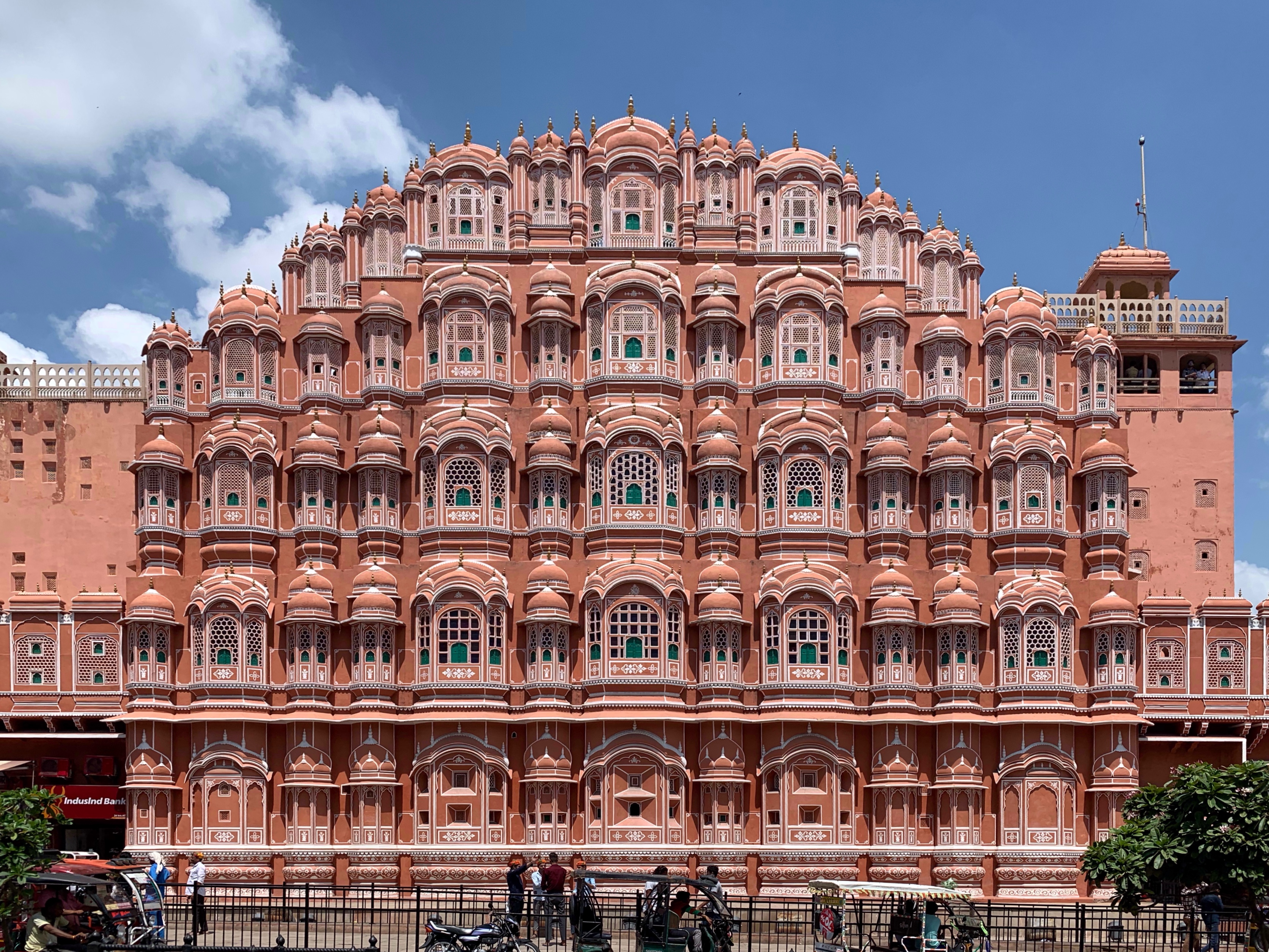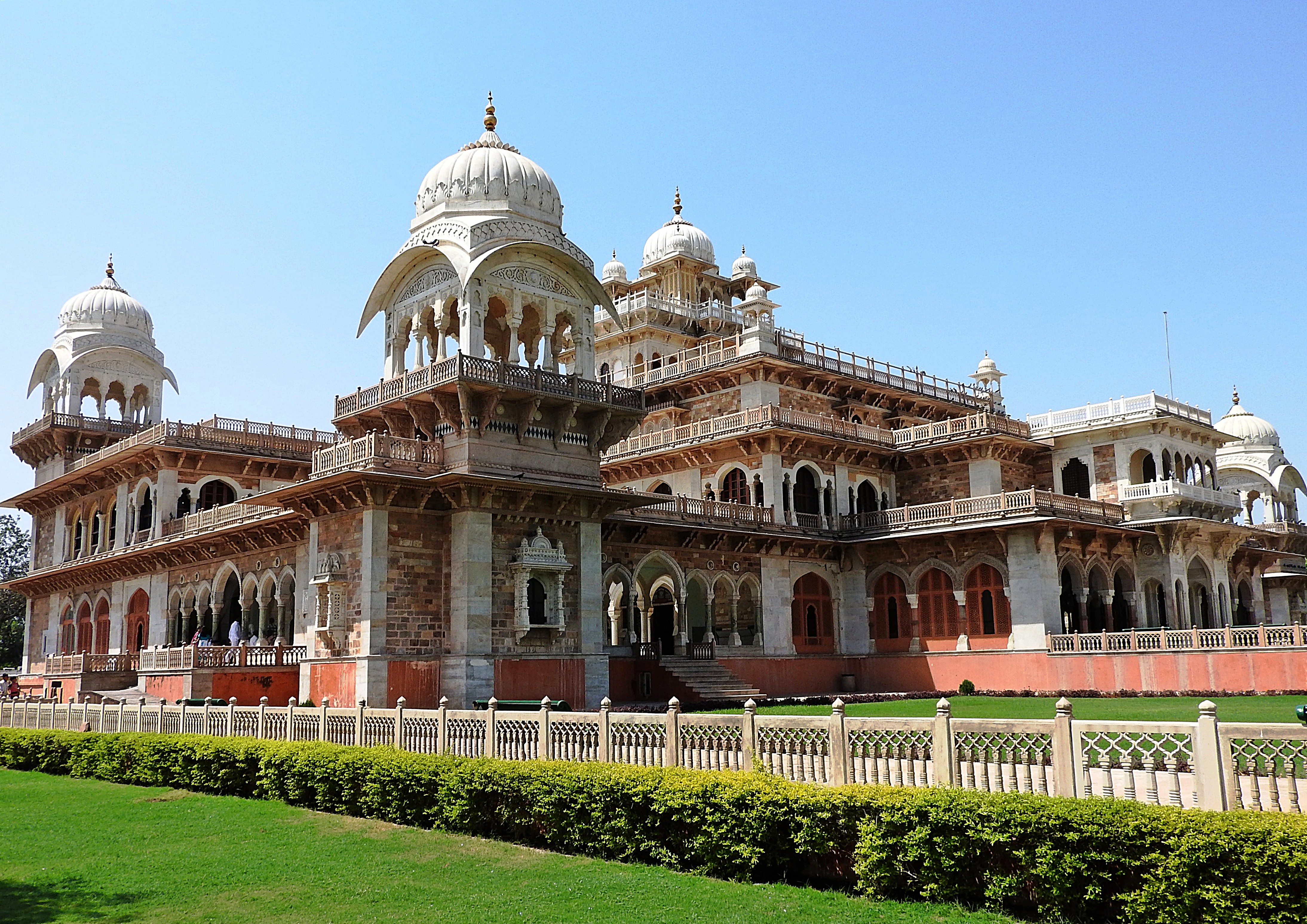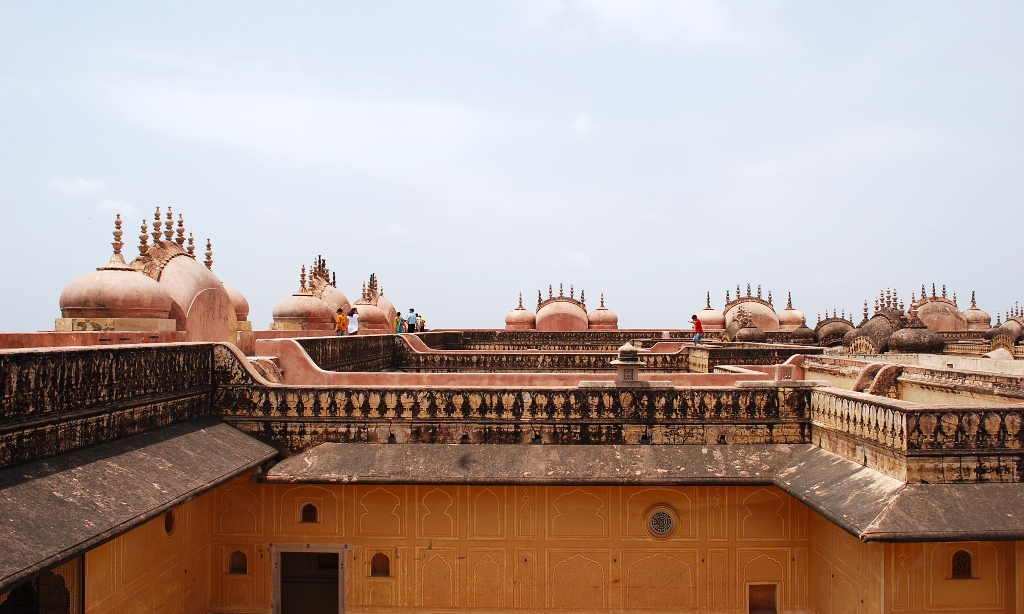Jantar Mantar in Jaipur stands as one of history's most remarkable astronomical observatories, embodying the scientific spirit and astronomical passion of 18th-century India. This extraordinary complex was the brainchild of Maharaja Sawai Jai Singh II, the visionary founder of Jaipur, who sought to advance the understanding of celestial mechanics through monumental instruments of unprecedented precision. The observatory's creation was sparked by a royal mandate from Emperor Muhammad Shah in 1724, who tasked Jai Singh with the crucial mission of revising the calendar and astronomical tables. Recognizing the limitations of traditional brass instruments, Jai Singh conceived a bold plan to construct massive stone instruments that would achieve unprecedented accuracy in astronomical measurements.
The construction of Jantar Mantar commenced around 1728 and continued for a decade until 1738. During this period, Jai Singh demonstrated remarkable scholarly dedication, gathering astronomical data from diverse sources across Europe and Persia. He meticulously studied these references, synthesizing various astronomical traditions to create instruments that would revolutionize celestial observation. The observatory quickly became a thriving center of scientific activity, employing 23 astronomers at its peak in 1735. The Jaipur observatory emerged as the crowning achievement among the five similar institutions Jai Singh established across northern India, surpassing its counterparts in Delhi, Ujjain, Mathura, and Varanasi in both size and preservation.
The architectural magnificence of Jantar Mantar spans approximately 18,700 square meters, featuring 19 astronomical instruments of extraordinary sophistication. These massive structures represent a masterful integration of local stone and marble, with astronomical scales precisely carved into marble linings. The construction incorporated various materials including bronze tablets, bricks, and mortar, showcasing the engineering prowess of the era. The observatory's centerpiece, the Samrat Yantra, holds the distinction of being the world's largest stone sundial. Rising 27 meters into the sky, its shadow moves at a perceptible rate of 1 millimeter per second, offering a tangible demonstration of Earth's rotation. The complex also houses other remarkable instruments like the Jai Prakash Yantra, featuring innovative hemispherical sundials, and the Rama Yantra, designed for measuring celestial coordinates.
The scientific significance of Jantar Mantar lies in its sophisticated fusion of astronomical traditions and innovative design approaches. The instruments incorporate three primary celestial coordinate systems - the horizon-zenith local system, the equatorial system, and the ecliptic system. The Kapala Yantra, an adaptation of Ptolemy's parallactic ruler, exemplifies the observatory's innovative spirit, enabling precise measurements of planetary and stellar coordinates. The complex represents not only a triumph of astronomical knowledge but also showcases the remarkable engineering and architectural capabilities of 18th-century India.
Beyond its scientific importance, Jantar Mantar served as a powerful symbol of royal authority and intellectual achievement. The observatory became a unique crossroads where different scientific traditions converged, fostering an environment of learning and cultural exchange. Its influence extended deep into the social fabric of Jaipur, with its astronomical predictions guiding various aspects of daily life and governance. The complex stood as a testament to Jai Singh's commitment to scientific advancement and his vision of establishing his kingdom as a center of learning and innovation.
The death of Jai Singh in 1743 marked the beginning of a challenging period for the observatory. A succession dispute among his sons led to years of neglect, and while subsequent rulers attempted some restoration work, the site gradually lost its scientific prominence. The early 19th century saw the observatory fall into disrepair, and at one point, it was even repurposed as a gun factory. The British colonial period brought renewed interest in the site, leading to significant restoration efforts in 1876 and 1901, which focused on preserving the original design and functionality of the instruments.
The modern era has brought well-deserved recognition to Jantar Mantar's historical and scientific significance. Its designation as a national monument in 1948 and subsequent protection by the Archaeological Survey of India ensured its preservation for future generations. The UNESCO World Heritage Site status, conferred in 2010, has further elevated its global prominence and sparked renewed interest in its scientific and cultural value. Today, the observatory welcomes visitors from around the world, offering guided tours that demonstrate the sophisticated workings of its ancient instruments. Regular astronomical events and educational programs continue the site's legacy as a center of learning, making complex astronomical concepts accessible to modern audiences.
Contemporary visitors to Jantar Mantar experience a unique journey through time, where ancient astronomical wisdom meets modern scientific understanding. Many of the instruments remain functional, providing accurate measurements that testify to the precision of their design. The site serves as a living classroom, where the mathematical and astronomical principles of the past continue to inspire new generations of scientists and astronomers. While no longer actively used for scientific research, Jantar Mantar remains an enduring symbol of India's rich scientific heritage, demonstrating how human ingenuity and the quest for knowledge can create monuments that transcend time.
